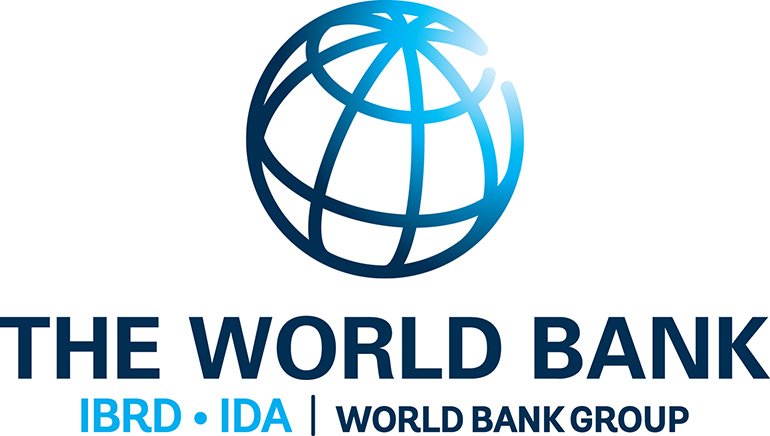Virendra Pandit
New Delhi: At a time when coronavirus-affected economies, including India’s, are in a recovery mode because of receding pandemic numbers, the International Bank for Reconstruction and Development (IBRD), or World Bank, has taken an opposite view: it has slashed India’s GDP growth in FY22 from 10.1 percent forecast in April to 8.3 percent now.
While many Indian states are in the process of relaxing restrictions because of the dwindling pandemic numbers—and rating agencies like Nomura have revised their estimates upwards, the Bank said on Tuesday that the country’s economic recovery is being hampered by the devastating second wave of Covid-19 infections. It also projected a 7.5 percent economic growth in FY23 and 6.5 percent in Fy24.
The Washington-based global lender, in its latest issue of Global Economic Prospects, said an enormous second wave in India is undermining the sharper-than-expected rebound in activity seen during the second half of the fiscal year 2020-21, especially in the services sector.
“India’s recovery is being hampered by the largest outbreak in any country since the beginning of the pandemic,” it said.
The projected growth compares to the worst-ever contraction of 7.3 percent witnessed in the fiscal year ended March 31, 2021 (FY21) and 4 percent expansion in 2019-20.
In April this year, the World Bank had forecast a 10.1 percent growth in Indian GDP for FY22, unlike some other rating agencies. This was higher than the 5.4 percent it had projected in January. But now the projections have been slashed.
The Bank said the global economy is set to expand by 5.6 percent in 2021 – its strongest post-recession pace in 80 years.
Activity will benefit from policy support, including higher spending on infrastructure, rural development, and health, and a stronger-than-expected recovery in services and manufacturing, it said.
The forecast for FY22 factors in expected economic damage from an enormous second wave and localized mobility restrictions since March 2021, the report said.
In India, “the pandemic will undermine consumption and investment as confidence remains depressed and balance sheets damaged. Growth in FY 2022/23 is expected to slow to 7.5 percent, reflecting lingering impacts of Covid-19 on the household, corporate, and bank balance sheets; possibly low levels of consumer confidence; and heightened uncertainty on the job and income prospects, it said.
The FY22 budget marked a significant policy shift in India as the government announced that health-related spending would more than double. It also set out a revised medium-term fiscal path intended to address the economic legacy of the pandemic.
Following deteriorating pandemic-related developments, the Reserve Bank of India (RBI) announced further measures to support liquidity provision to micro, small and medium firms, and loosened regulatory requirements on the provisioning for non-performing loans.
“In India, fiscal policy shifted in the FY 2021/22 budget toward higher expenditure targeted at healthcare and infrastructure to boost the post-pandemic recovery. The renewed outbreak, however, may require further targeted policy support to address the health and economic costs,” it added.
On March 31, the World Bank had said the Indian economy bounced back amazingly from the Covid-19 pandemic and nationwide lockdown over the last year, but it is not out of the woods yet.
It had predicted that the country’s real GDP growth for FY22 could range from 7.5 to 12.5 percent in its latest South Asia Economic Focus report released ahead of the annual Spring meeting of the World Bank and the International Monetary Fund (IMF).
In April and May, India struggled with the second wave of the Covid-19 pandemic with more than 300,000 daily new cases. Hospitals were reeling under a shortage of medical oxygen and beds. In mid-May, new coronavirus cases in India hit a record daily high with 4,12,262 new infections.
On Wednesday, India reported less than one lakh new coronavirus infections after a gap of 67 days, while the daily positivity rate dropped to 4.62 percent.

